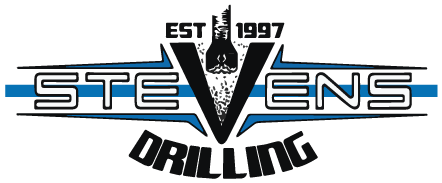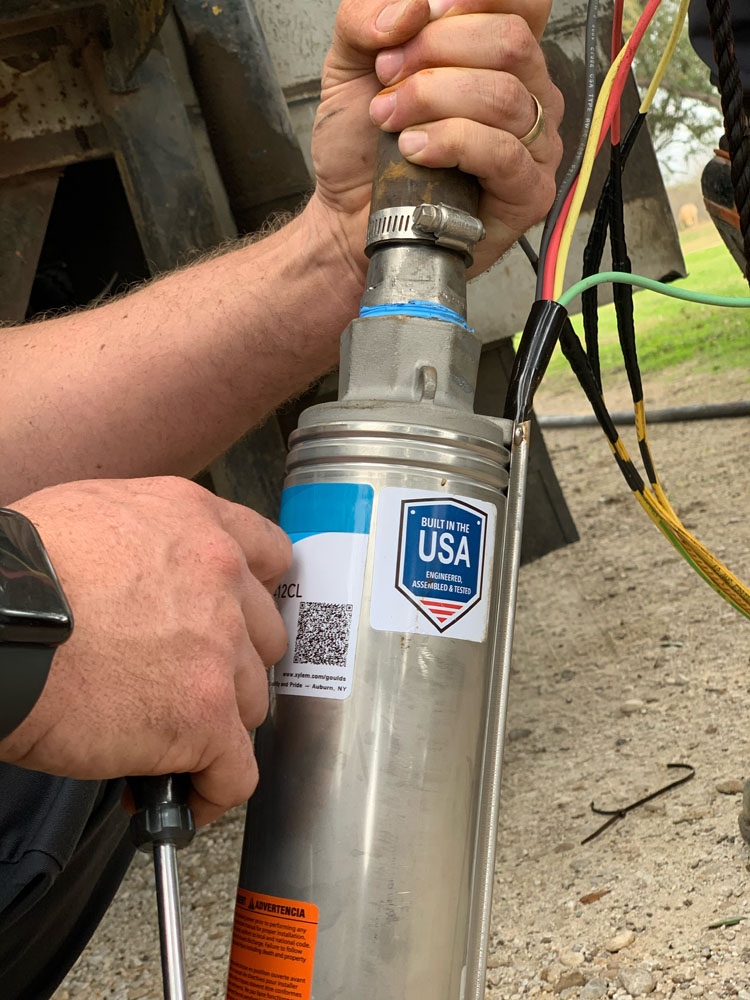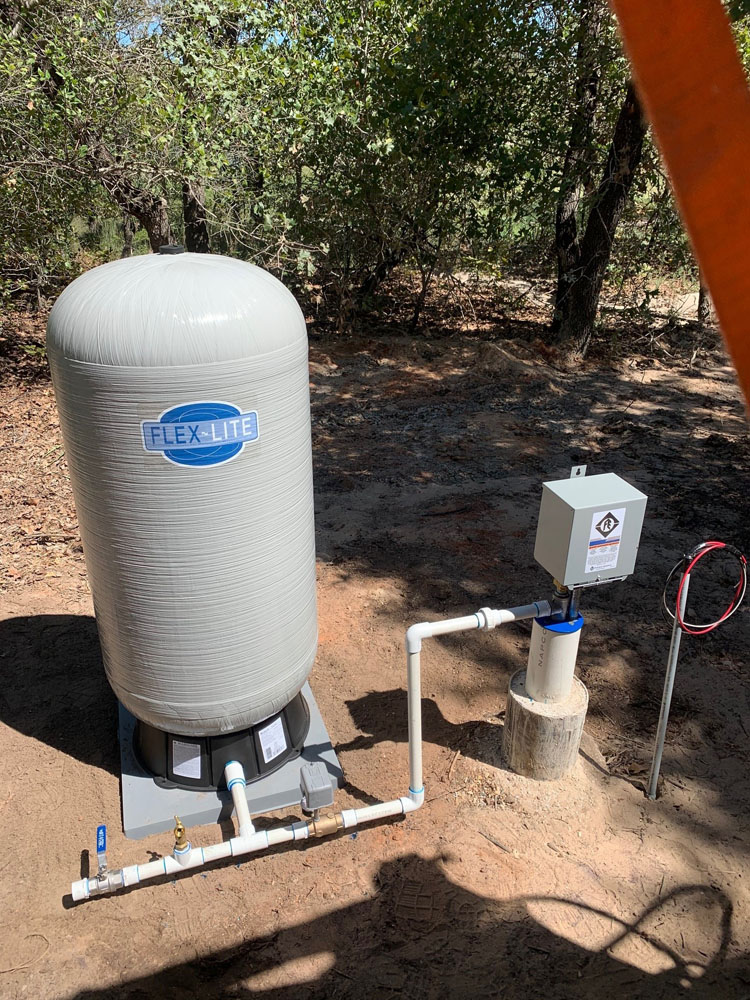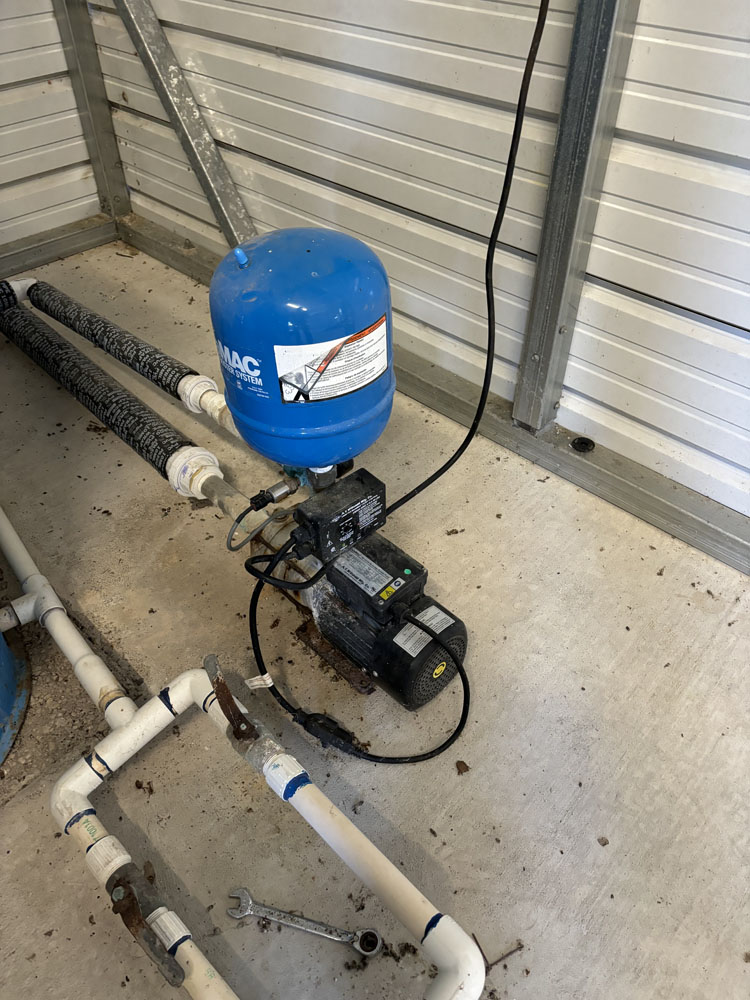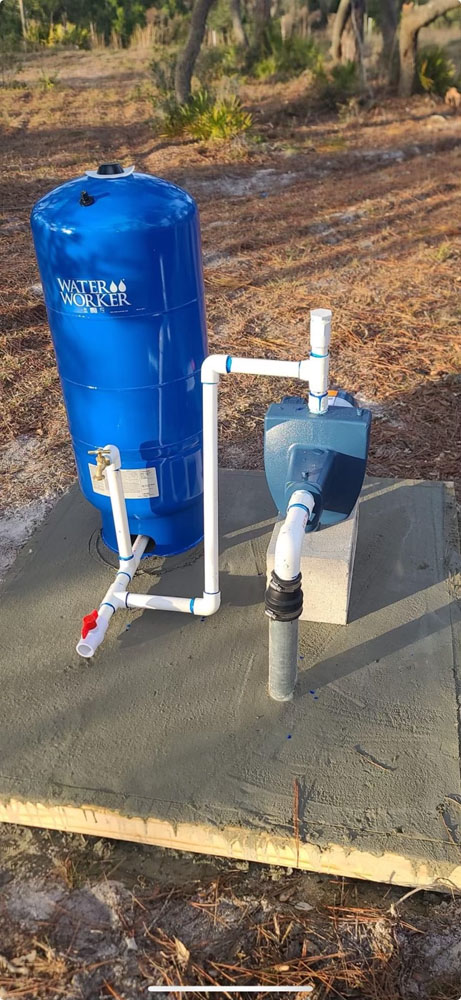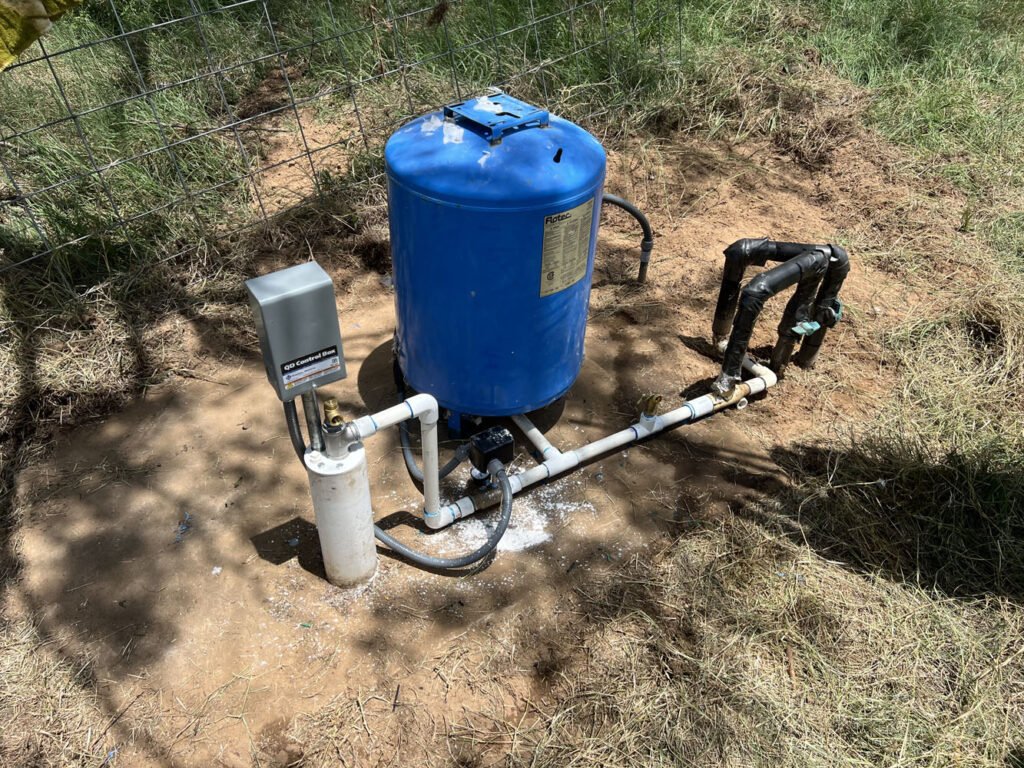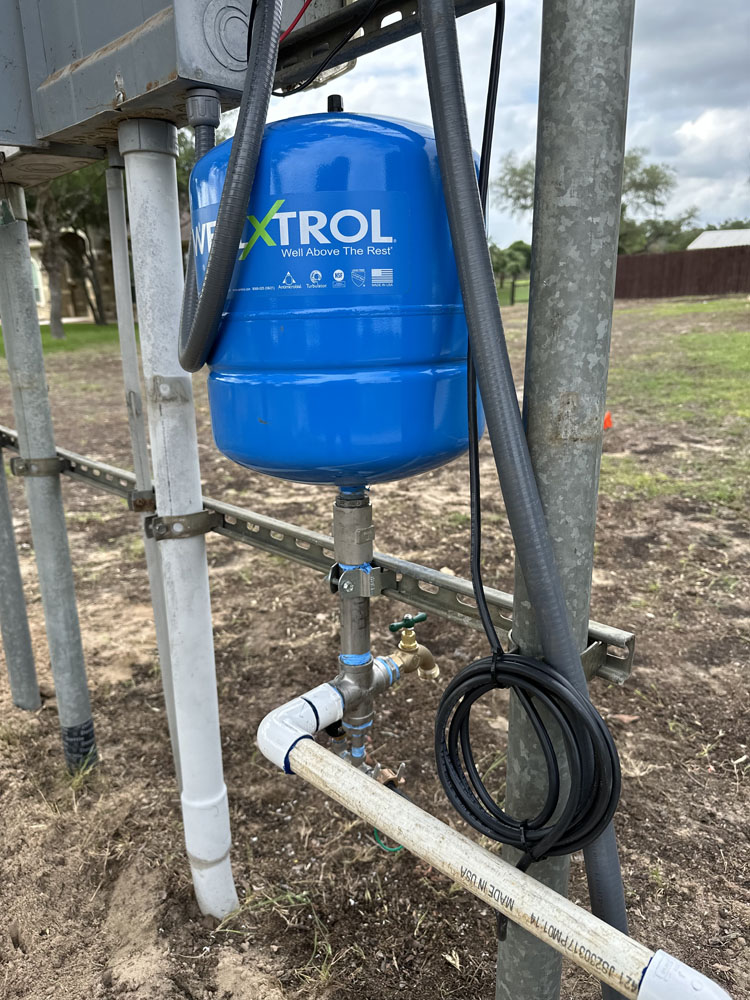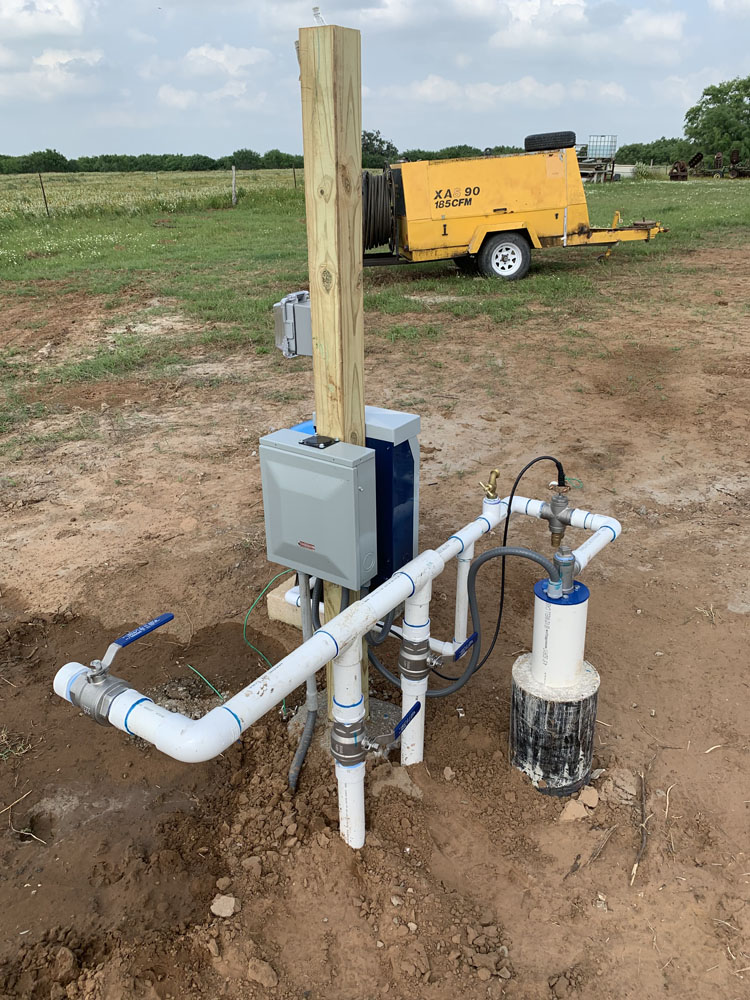Water Well Installation
Stevens Drilling offers a wide variety of pumping equipment tailored to meet diverse residential needs. By taking our time and listening to our customer’s wants we can determine the best pumping combination to ensure quality and longevity.
Standard Pressure
Traditional Standard Pressure pumping set up consists of essential components that ensure reliable water supply at a consistent pressure without the use of advanced variable frequency drives (VFDs). This setup is ideal for residential water wells and includes the following key components:
- Submersible pumps are installed inside the well, typically at depths between 40-400 feet. These pumps push water to the surface efficiently.
- Control boxes house the necessary components used to start a 3-wire submersible motor.
- Pressure tanks store water and regulate system pressure. It prevents the pump from cycling on and off too frequently, reducing wear and tear. Pressure tanks come in different sizes, typically ranging from 20-100+ gallons, depending on household water demand.
- Standard systems operate off a pressure switch within a pressure range of 30-50 PSI or 40-60 PSI, ensuring steady water flow to the home.
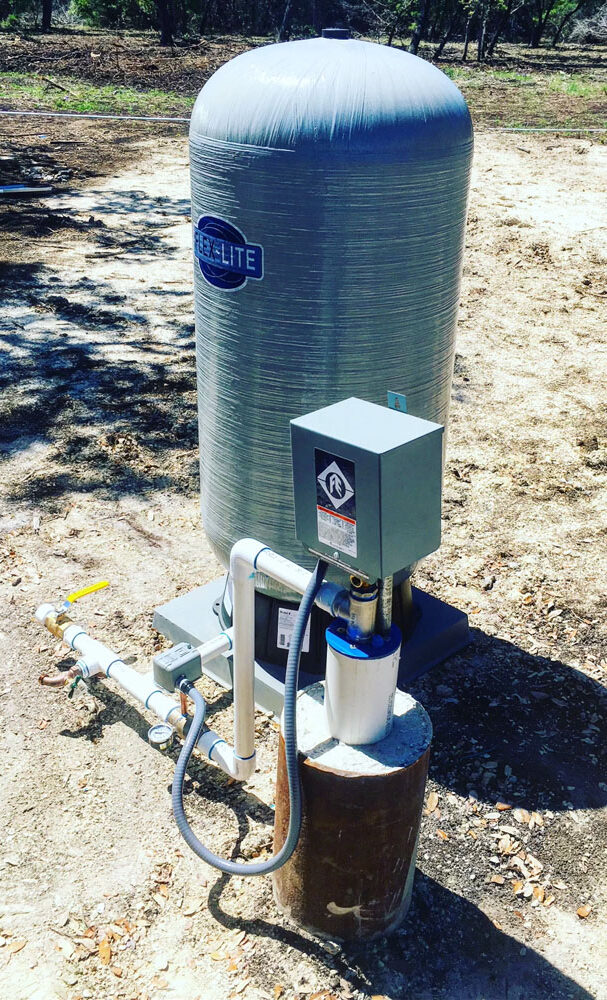
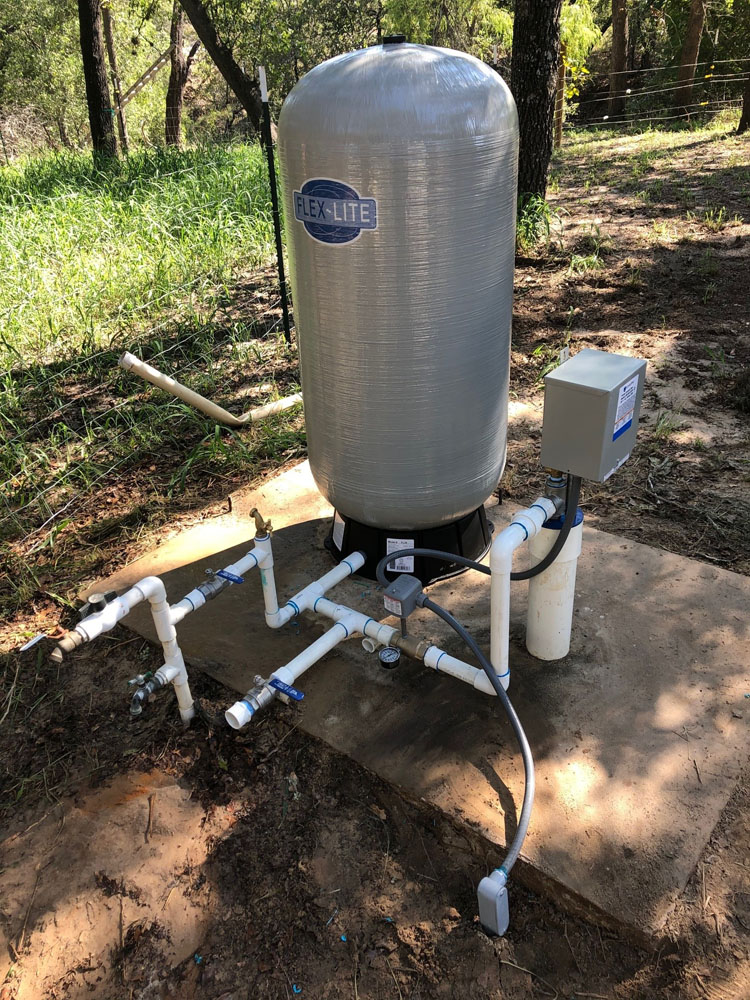
Pros and Cons for Standard Pressure Systems:
- ✅ Cost-Effective – Lower upfront cost compared to VFD systems.
- ✅ Reliable – Proven technology with fewer electronic components.
- ✅ Easy Maintenance – Simple repairs and replacements.
❌ Pressure Fluctuations – Water pressure can vary between pump cycles.
❌ More Wear on Pump – Frequent on/off cycling can shorten pump lifespan.
Variable Frequency Drive (VFD) Pumps or Constant Pressure:
Variable Frequency Drive submersible pumps are an advanced pumping system designed to provide consistent water pressure & energy efficiency by adjusting the pump’s speed based on real-time water demand. This system is particularly beneficial for properties with inground sprinkler systems that have varying zone requirements, multiple homes on one well system, or homes with substantial water usage. By operating the pump at variable speeds, VFDs enhance energy efficiency and extend the lifespan of pumping equipment. Key components of VFD systems include the following:
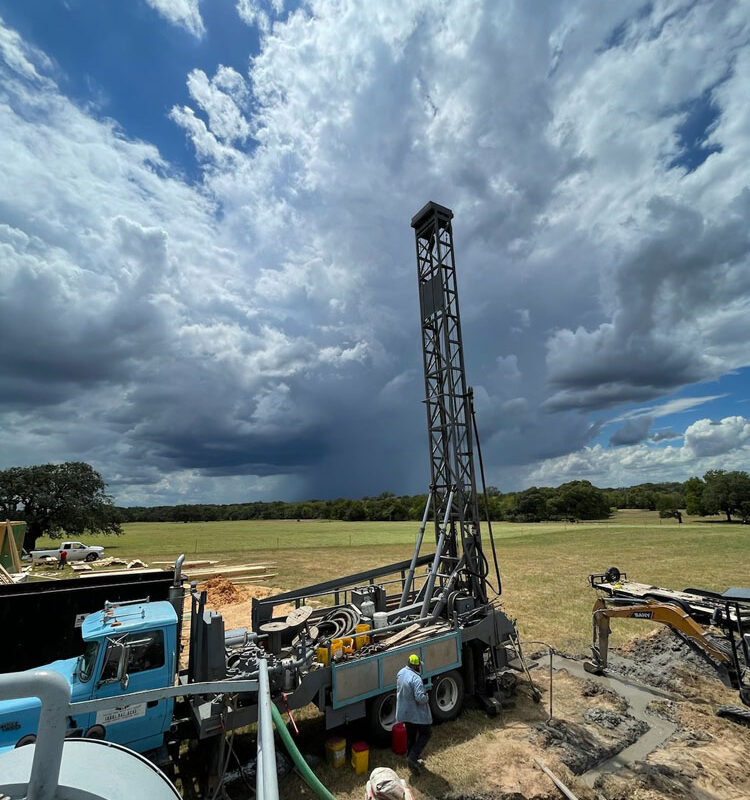
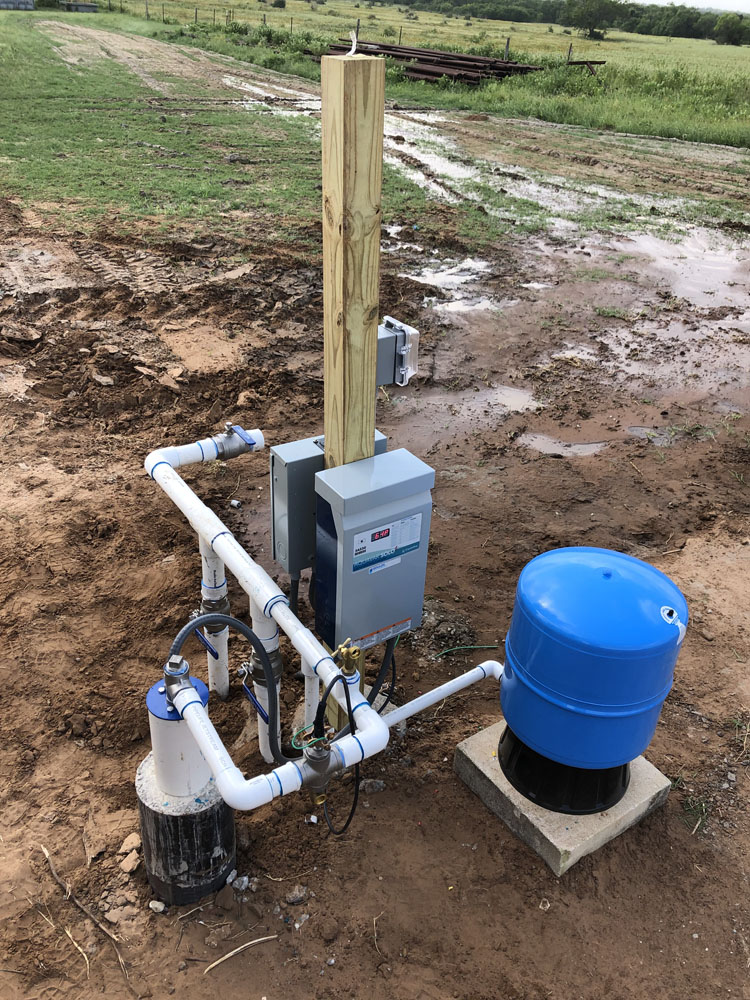
Pros and Cons of VFD Submersible Pumps
- ✅ Consistent Water Pressure – Eliminates fluctuations common in traditional systems.
- ✅ Energy Efficiency – Uses only the power needed, reducing electricity costs.
- ✅ Longer Pump Lifespan – Reduces frequent start/stop cycles, minimizing wear.
- ✅ Smart Protection Features – Includes overload, dry-run, and surge protection.
- ✅ Quiet Operation – Runs smoothly without sudden pressure changes or loud cycling.
- ❌ Higher Initial Cost – More expensive than traditional systems.
- ❌ Complex Installation – Requires professional setup and programming.
- ❌ Electrical Sensitivity – May need a surge protector in areas with unstable power.
Storage Tank Options
Storage tanks are a great addition to any water well, especially if you are using the well for your main source of water. These tanks offer several advantages:
- Sulfur Reduction: Well water often contains dissolved sulfur gases, leading to a “rotten egg” odor. Storage tanks facilitate the releases of these gases, improving water smell & taste.
- Iron Content Reduction: By incorporating a spray bar from the well into the storage tank, iron oxidation is promoted, which can significantly reduce ion levels in the water.
- Equipment Longevity: Utilizing a storage tank decreases the frequency of pump starts and stops by approximately 75%. Pairing the booster pump with an electric float switch that fills your storage tank every 2000-3000 gallons used will also aid in drastically improving the lifespan of your submersible pump.
- Energy Efficiency: Pumping water into a zero-pressure storage tank allows for the use of smaller horsepower pumps, leading to reduced energy consumption and cost savings.
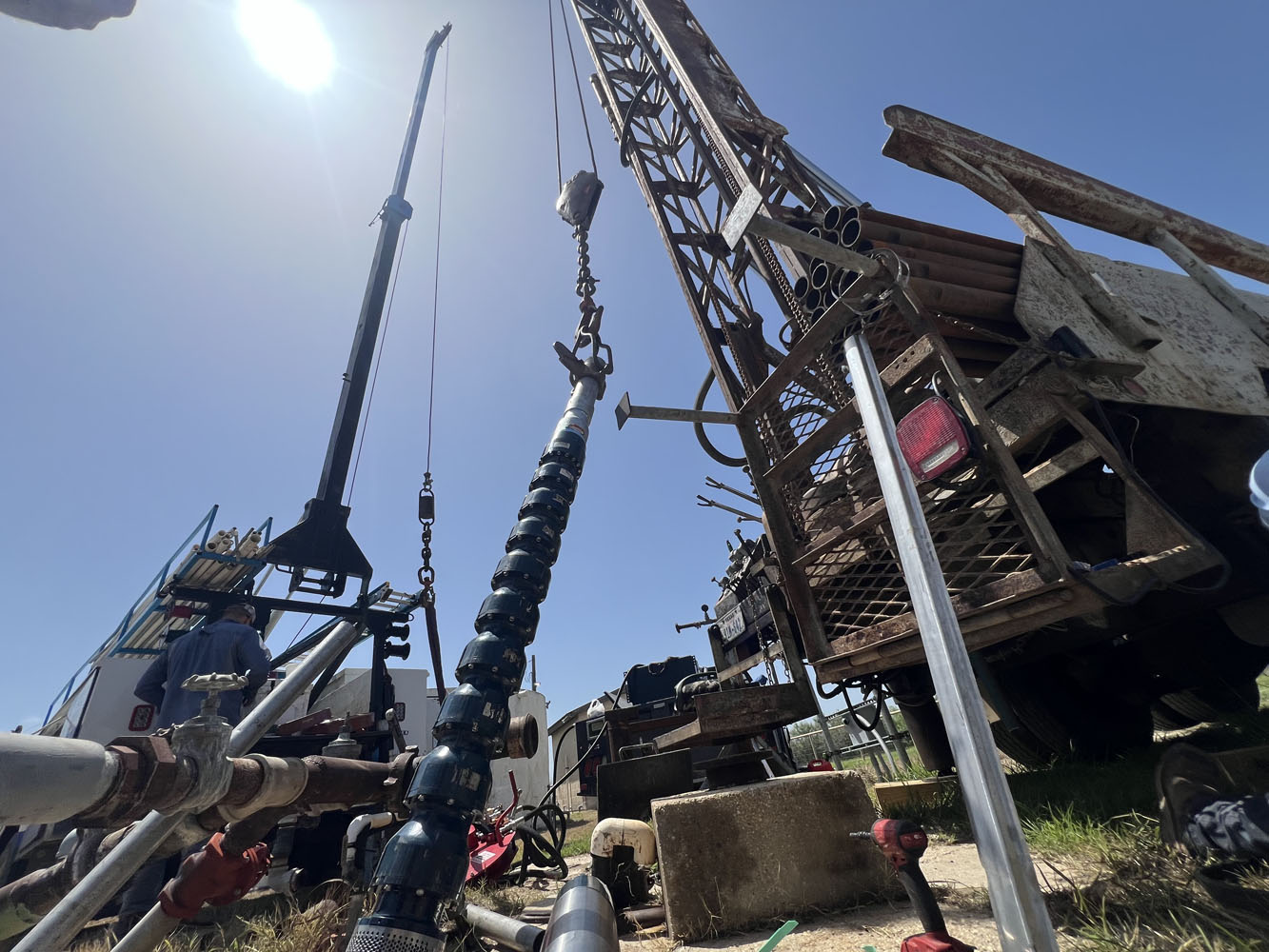
TESTIMONIALS
Our Reputation Speaks for Itself
See Our Work
Explore our gallery showcasing our projects.
